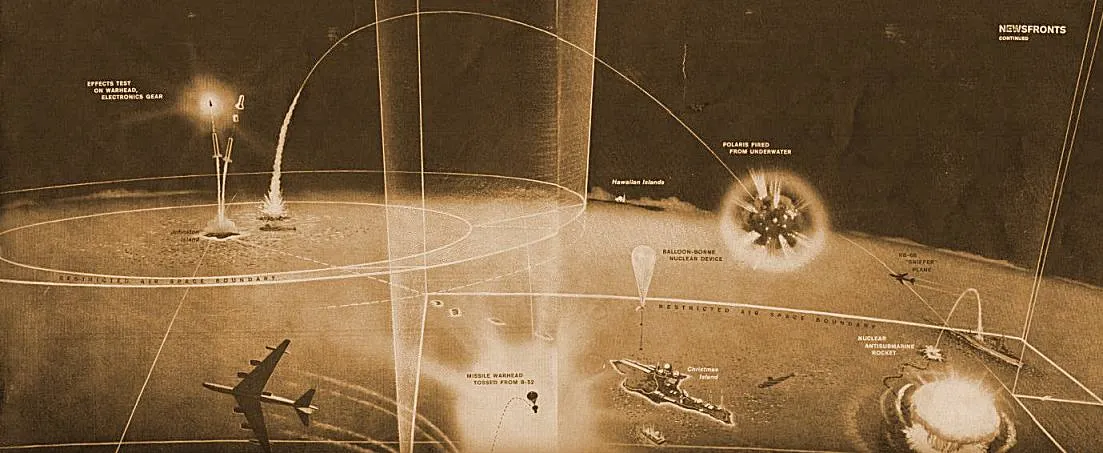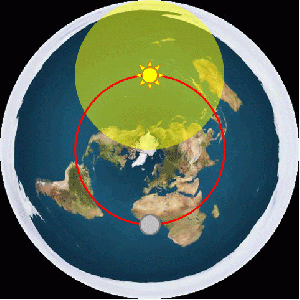
The Heliocentric model is the astronomical model in which the Earth and planets revolve around the Sun at the center of the Solar System. The Heliocentric model was opposed to Geocentric model, which placed the Earth at the center. The notion that the Earth revolves around the Sun was proposed as early as the 3rd century BC by Aristarchus of Samos, but no one seemed to pay it much mind, that was until the publishing of "On the revolutions of the heavenly bodies," in 1543 by Nicolaus Copernicus.
In the following century, Johannes Kepler established his laws of planetary motion, based on his works Astronomia Nova, Harmonices Mundi, and Epitome of Copernican Astronomy. Kepler also introduced The Rudolphine Tables consist of a star catalog and planetary tables published by Johannes Kepler in 1627, using some observational data collected by Tycho Brahe. The tables are named as "Rudolphine" in memory of Rudolf II, Holy Roman Emperor.
Also Galileo Galilei presented supporting contributions to the heliocentric model with observations of the phases of Venus, the discovery of the four largest satellites of Jupiter, and observation and analysis of sunspots. Galileo's views of the heliocentric model and the theories put forth by Copernicus were still controversial during his life. His theories met with opposition from other astronomers who doubted the heliocentric model with the major argument being the absence of an observed stellar parallax. These controversial run ins would later led to an investigation by a Roman Inquisition in 1615. Galileo later defended his views in a dialogue concerning the two World Systems, which appeared to attack Pope Urban VIII and thus alienated him and the Jesuits, who had both supported Galileo up until that point.

The Michelson–Morley experiment was a scientific experiment to find the presence and properties of a substance called aether, a substance believed to fill empty space. The experiment was done by Albert A. Michelson and Edward Morley in 1887. This experiment proved that Earth is a stationary object that is not moving.
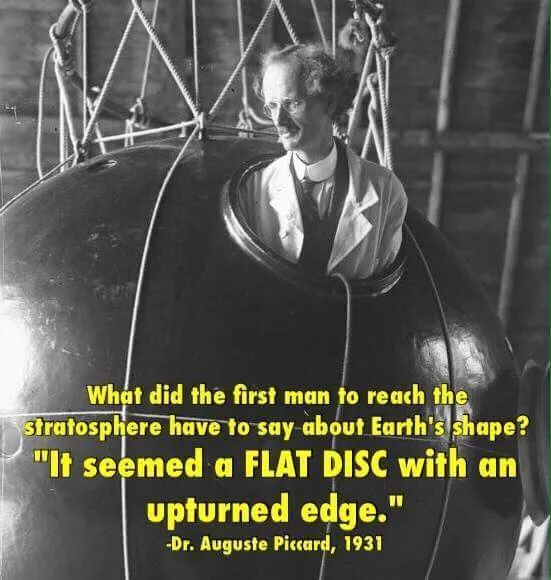

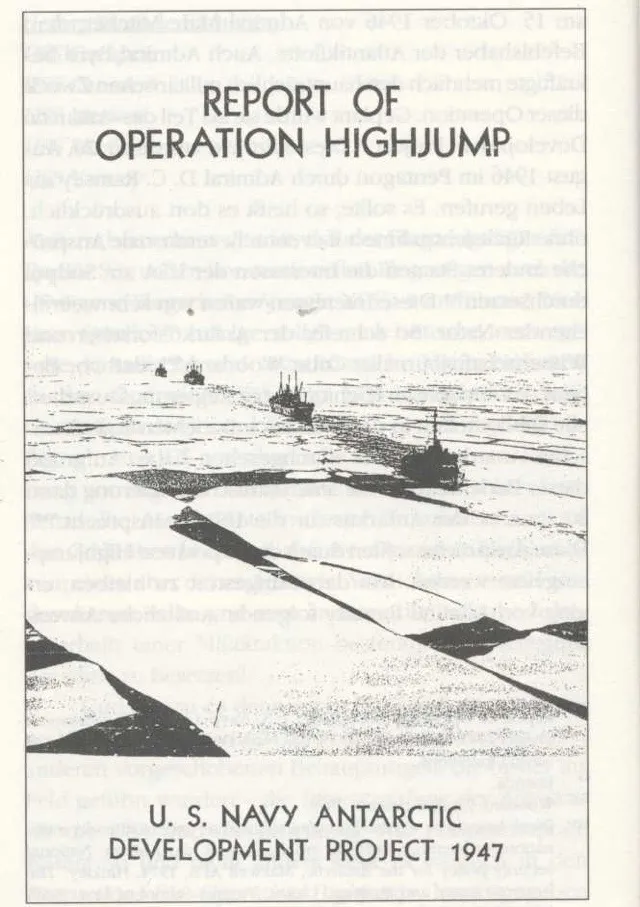
The mission by Admiral Byrd was to observe the edge of the dome firmament.

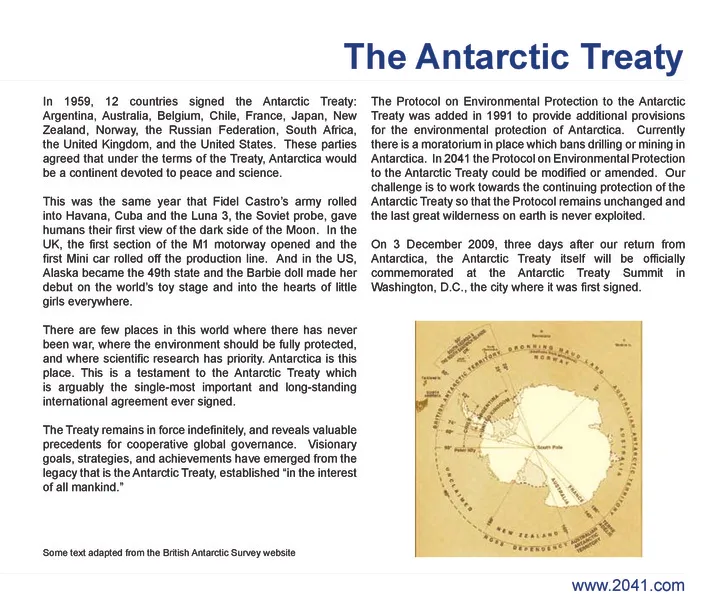

Operation Dominic and FishBowl
This was to test the Height of the dome and its strength. Fishbowl was conducted in 1962 from the base of operations on Christmas Island.
